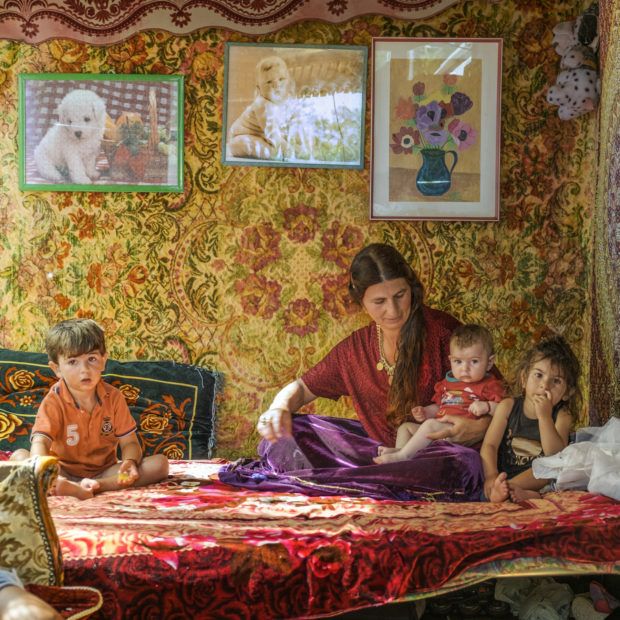In the annals of history, the Romani, often colloquially known as “Gypsies,” have long been shrouded in mystery. The origins of this nomadic community remained elusive until an 18th-century Hungarian theology student embarked on a groundbreaking journey of discovery. Encounteringspeech patterns reminiscent of the Gypsies in Hungary, he traced their language back to Sanskrit, an ancient Indian tongue. This revelation unveiled a remarkable narrative—the Romani, it appeared, originated in northwest India.
Approximately 1,000 years ago, the Romani set forth from their Indian homeland in response to the invasion of Mahmud of Ghazni. With a limited written or oral history tradition, scholars turned to their language and encounters documented by fellow travelers to piece together their migration. The Romani, splintering into two groups in Iran, ventured south through Syria to northern Africa and Greece, while the other cohort traveled north through Armenia, ultimately settling in present-day Bulgaria, Romania, and Serbia. Some remained in the Balkans, while others pressed westward into Europe.
In the 15th century, initial European encounters with the Romani were characterized by warmth and curiosity. Aristocrats bestowed letters of protection upon them, facilitating their travels across countries. The Romani, adept at adaptation, seamlessly integrated aspects of the surrounding cultures they encountered. Retaining their traditions, they became renowned for performing arts, metalworking, sculpture, jewelry-making, and practical metal arts. Today, their cultural contributions endure, with Romani recognized for their excellence in music and dance, notably influencing the origin of flamenco in southern Spain’s Andalucia region.
Yet, the early goodwill extended towards the Romani eventually gave way to resentment as Europeans perceived their refusal to assimilate into society fully. Accusations of begging, thievery, kidnapping, prostitution, and witchcraft began to tarnish their reputation. Many Romans found themselves subjected to slavery as societal integration became an elusive goal.
The Romani narrative, woven through centuries and continents, reflects the intricate interplay between migration, cultural adaptation, and societal reception. From the vibrant streets of India to the diverse landscapes of Europe, the Romans have carried a rich tapestry of traditions, contributing significantly to the cultural mosaic of the regions they traversed.
As we unravel the historical tapestry of the Romani people, it serves as a poignant reminder of the complexities inherent in the intersections of culture and migration. Their journey, marked by resilience and creativity, prompts reflection on the enduring impact of societal perceptions and the challenges faced by communities seeking to preserve their unique identities in a rapidly changing world.


